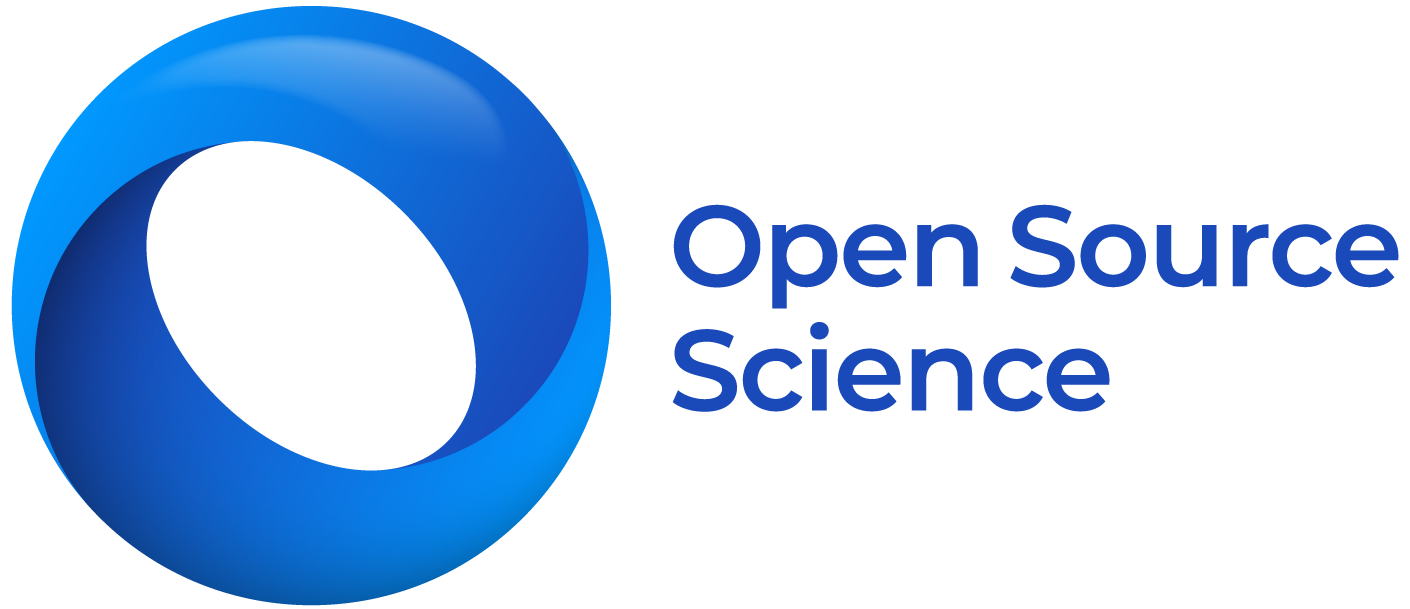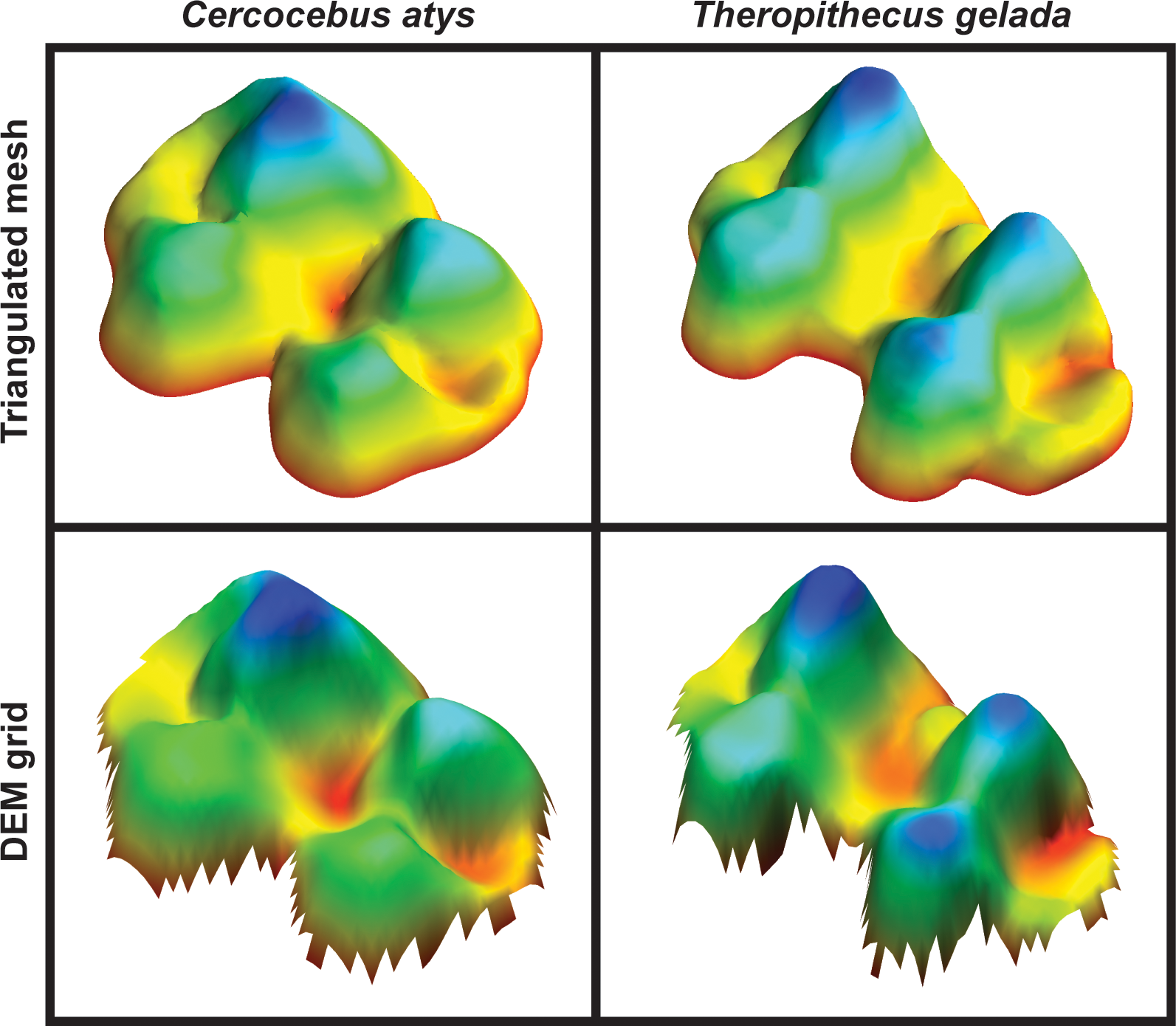MorphoTester: An Open Source Application for Morphological Topographic Analysis
The increased prevalence and affordability of 3D scanning technology is beginning to have significant effects on the research questions and approaches available for studies of morphology. As the current trend of larger and more precise 3D datasets is unlikely to slow in the future, there is a need for efficient and capable tools for high-throughput quantitative analysis of biological shape. The promise and the challenge of implementing relatively automated methods for characterizing surface shape can be seen in the example of dental topographic analysis. Dental topographic analysis comprises a suite of techniques for quantifying tooth surfaces and component features. Topographic techniques have provided insight on mammalian molar form-function relationships and these methods could be applied to address other topics and questions. At the same time implementing multiple complementary topographic methods can have high time and labor costs, and comparability of data formats and approaches is difficult to predict. To address these challenges I present MorphoTester, an open-source application for visualizing and quantifying topography from 3D triangulated polygon meshes. This application is Python-based and is free to use. MorphoTester implements three commonly used dental topographic metrics–Dirichlet normal energy, relief index, and orientation patch count rotated (OPCR). Previous OPCR algorithms have used raster-based grid data, which is not directly interchangeable with vector-based triangulated polygon meshes. A 3D-OPCR algorithm is provided here for quantifying complexity from polygon meshes. The efficacy of this metric is tested in a sample of mandibular second molars belonging to four species of cercopithecoid primates. Results suggest that 3D-OPCR is at least as effective for quantifying complexity as previous approaches, and may be more effective due to finer resolution of surface data considered here. MorphoTester represents an advancement in the automated quantification of morphology and can be modified to adapt to future needs and priorities.


